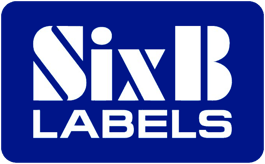Everyone who works in or buys from the printing industry knows that, like a variety of other businesses, printing is undergoing numerous and seismic changes. From rising demand for mass customization to the growth of digital printing to increased competition from other channels there’s a mix of positives and negatives in the industry. All the while, something unforeseen just a couple of years ago may influence the fortunes of the printing industry, and have a real impact on businesses: Tariffs.
This “T-word” has been a cause for concern for businesses and consumers alike, and we believe it is valuable to share more information about tariffs, by defining current events and forecasting what could happen in the near future. While SixB Labels is based in the Southwest our clients are national and we operate accordingly.
Fortunately for our clients and their customers, sourcing at SixB Labels is done in such a way that the potential impact of most recent tariffs is negated. The tariffs on these imported goods do not affect our company, because we don’t use raw materials from China, so we do not look to see price increases in our supplies. All the while, in this blog we look at how generally trade tariffs impact printing.
1. How Do Tariffs on Steel and Aluminum Affect Printing?
Since legislation was passed in 1962, the United States President has been able to impose restrictions on trade with foreign powers, as long as those restrictions were applied only in certain well-defined circumstances. In 2018, the current administration started to levy a 10% tariff on aluminum and a 25% tariff on steel. While this set of tariffs originally applied only to certain countries, such as China, in March of 2018, a larger group of affected countries was added, to include Mexico, the EU, and Canada.
Of course, expanding the reach of these tariffs had an impact on certain print commodities. Such items as printing plates and the hardware components used to repair and build equipment were affected. In a search for high-end printed products, many print services providers had been sourcing their lithographic plates from the EU, where they could depend on high quality materials. But as the tariffs took effect, such companies as Kodak and Southern Lithoplate began having to pass along their price increases to buyers.
The Good News: SixB Labels’ digital cartridges are sourced from the U.S. and Japan; and rotary dies, magnetic dies and photopolymer plates are all made in the U.S.
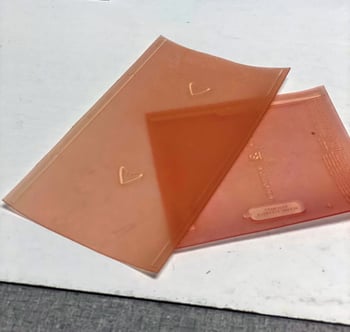 |
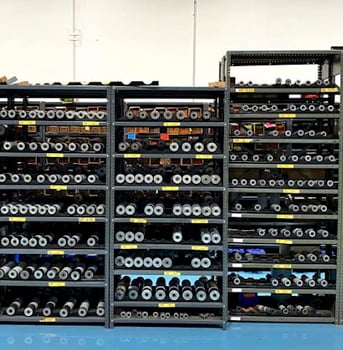 |
| Photopolymer Plates | Magnetic Dies |
2. How Do Tariffs on Groundwood Affect the Industry?
Naturally, market stability is adversely impacted by tariffs. The effects are varied because each tariff has a different lifespan, and some of the tariffs have already ended. For example, a tariff was originally placed on uncoated groundwood imported from Canada, which had a negative impact on the American newsprint industry. Petitions from various players in that industry were submitted to the government to repeal this particular tariff, and the effort ended with a successful repeal.
The Good News: To the best of our knowledge and information shared to us from our suppliers — their wood pulp is from mills that only use Forest Steward Certified (FSC) pulp which comes from the U.S., Canada, and other countries of origin, such as Finland and Sweden; most raw materials manufacturers buy both face stock and liners from U.S.-based suppliers; and related materials that are coated are also done in the United States.
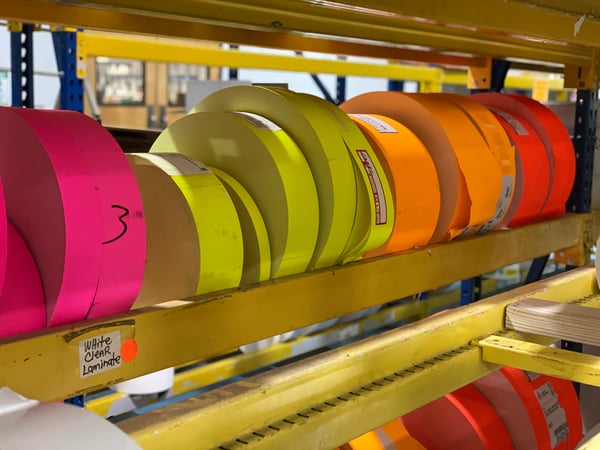
Paper Made from FSC Wood Pulp
3. How Do Tariffs on Ink Components Affect the Industry?
Concerns over the impact of tariffs are not limited only to printing equipment and processes or to paper. The manufacturers of inks have become increasingly worried over the rising tariffs that have been levied against a variety of products, including the raw materials that go into the production of inks. The trade war between the U.S. and China has seen the tariffs, originally set at 10%, jump to 25% this year, which has resulted in price increases from ink manufacturers.
Due to the fallout from this trade war, the cost of doing business in the US is definitely rising. American businesses are feeling the pressure as they have to fight harder to maintain their position as one of the world’s leading producers of low-cost chemicals. Numerous plastics and chemicals imported from China have been targeted by tariffs, which will have the effect of cutting off U.S. manufacturers from international supply chains, as well as from the importing inputs that help keep them globally competitive.
The Good News: All of the special color pigments for our inks and varnishes, as well as the North American Free Trade Agreement (NAFTA) products we use, are sourced in the U.S.
Normally, any supplier we use has all three components for ink making on hand and readily available in the United States. Occasionally, a supplier will import part of the three components. However, we have never been aware that it affects material availability. Fortunately for SixB Labels and our clients, we also have an advantage in that several suppliers create the same products, so there is an inbuilt redundancy that provides us with a backup supply. As a result, there is no product, nor any raw material we utilize, that is available only from a single supplier.
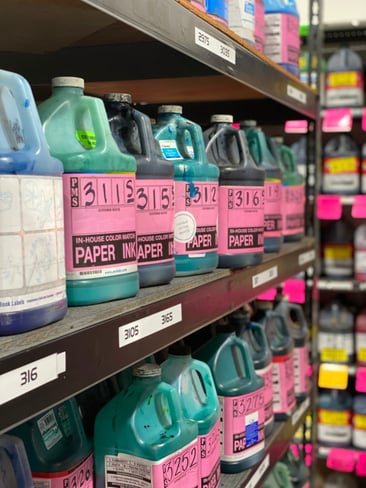
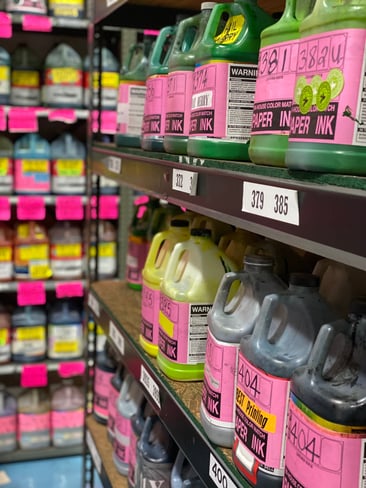
Paper Inks Made With Color Pigments Sourced in the U.S.
4. How Do Tariffs on Film and Adhesive Components Affect the Industry?
The trade war between the U.S. and China is indeed a threat to our chemical sector. Currently, China supplies the United States with several chemicals which are not available anywhere else and which are critical inputs to US manufacturing. The US and China tariffs are already having a disruptive effect on supply chains, as well as cutting off markets and damaging the competitiveness of U.S. chemical markets.
The Good News: All of the manufacturers that SixB Labels source from create their own proprietary adhesives. This means that they have acquired the various manufacturing constituents so that they can create their own films, foils and ribbons.
None of the various plastics or adhesives sourced from China that end up as components in the manufacture of the films, foils and ribbons we purchase are actually subject to tariffs — they are too low in the supply chain. Any price increases or decreases that might affect these materials over time are not the result of tariffs, but are due to the impact on the market of regular supply and demand fluctuations.
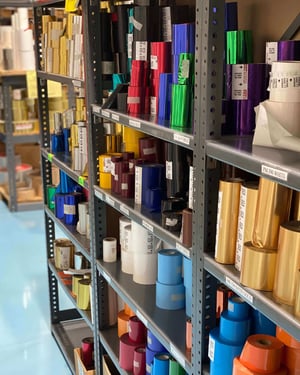 |
| Matte and Shiny Foils, Including Metallic Colors |
In a trade environment where printing components, manufacturing supplies for ink and paper, printed materials, blank labels, and many other items are becoming increasingly expensive, it pays to do your homework on finding a supplier who is a U.S.A.-sourced manufacturer who will not be affected by the latest tariffs. If you are looking for a cost-effective solutions provider of labels, barcodes, and labeling supplies, contact us today for a free quote on your next project!
Save Time - Email Us Directly With Your Label Questions:
